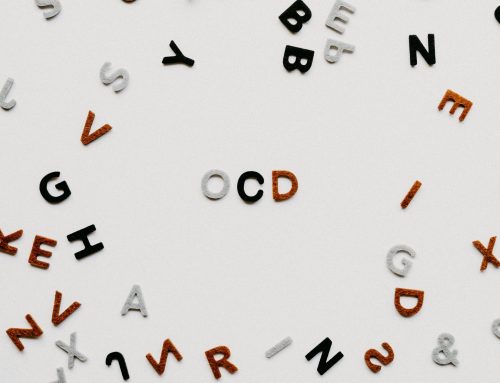Phobias are more than just spooky-season thrills—they’re real, treatable mental health conditions that affect millions. This article explores what phobias are, how they differ from everyday fears, and how therapy can help.
Phobias: When Fear Becomes More Than Just a Fright
Halloween is the season of jump scares, haunted houses, and eerie costumes. But for many, fear isn’t just a seasonal thrill… it’s a daily struggle. Phobias are intense, irrational fears of specific objects, situations, or experiences that can disrupt everyday life. And unlike the fun of Halloween frights, phobias aren’t something you can laugh off or simply “get over.”
What Is a Phobia?
A phobia is a type of anxiety disorder characterised by an overwhelming fear of something that poses little to no actual danger. People with phobias often go to great lengths to avoid the feared object or situation, and when faced with it, they may experience panic attacks, rapid heartbeat, sweating, or intense distress.
There are three main types of phobias:
- Specific Phobias: Fear of particular objects or situations (e.g., spiders, heights, flying).
- Social Phobia (Social Anxiety Disorder): Fear of being judged or embarrassed in social situations.
- Agoraphobia: Fear of being in places where escape might be difficult, often leading to avoidance of public spaces.
Common Phobias That Might Feel Familiar This Season
Halloween imagery often taps into common phobias, such as:
- Arachnophobia – Fear of spiders
- Nyctophobia – Fear of the dark
- Coulrophobia – Fear of clowns
- Thanatophobia – Fear of death
- Trypanophobia – Fear of needles (think vampire costumes!)
While these fears may be exaggerated for entertainment, they reflect real experiences for many people.
How Phobias Develop
Phobias can stem from:
- Traumatic experiences (e.g., a dog bite leading to cynophobia—fear of dogs)
- Learned behaviour from family or media
- Genetic predisposition to anxiety disorders
- Brain chemistry and how the amygdala processes fear.
Treatment Options That Work
The good news? Phobias are highly treatable. Common approaches include:
- Cognitive Behavioural Therapy (CBT): Helps reframe irrational thoughts and gradually face fears.
- Exposure Therapy: Gradual, controlled exposure to the feared object or situation.
- Hypnotherapy: Uncover and reframe the root causes of phobias.
- Medication: In some cases, antidepressants or anti-anxiety meds may help manage symptoms.
- Mindfulness and relaxation techniques: Useful for calming the nervous system during exposure.
Why Halloween Is a Great Time to Talk About Fear
Halloween gives us permission to explore fear in a playful, symbolic way. It’s also a great opportunity to open up conversations about how fear affects mental health, and how therapy can help people reclaim control over their lives.
Whether you’re afraid of ghosts or public speaking, your fear is valid and you don’t have to face it alone.
HARVEST THERAPY
44 Russell Square,
London WC1B 4JP
United Kingdom
Phone Number:
020 8962 6247
email: info@harvest-therapy.co.uk
HARVEST SOCIAL MEDIA:






